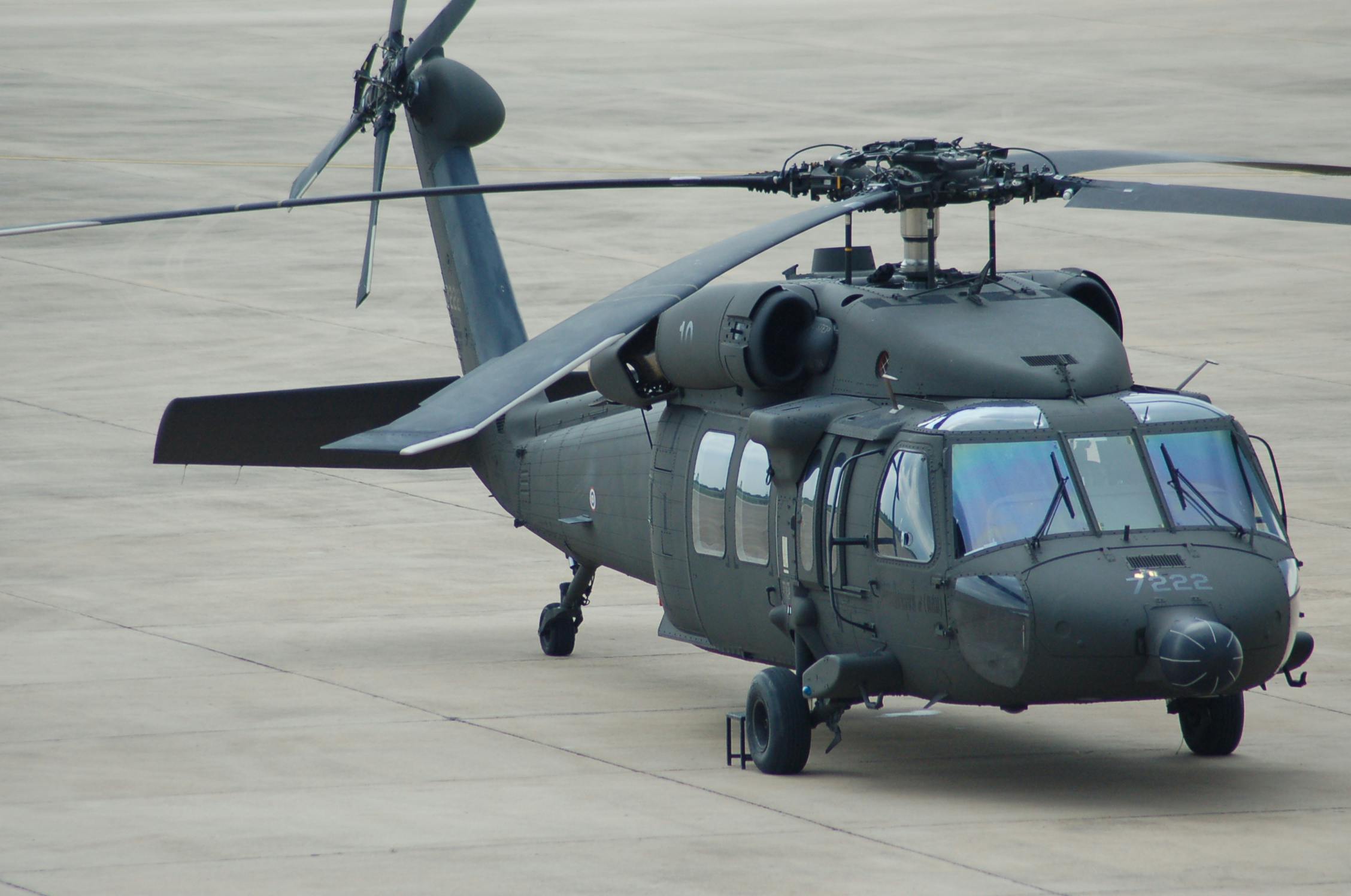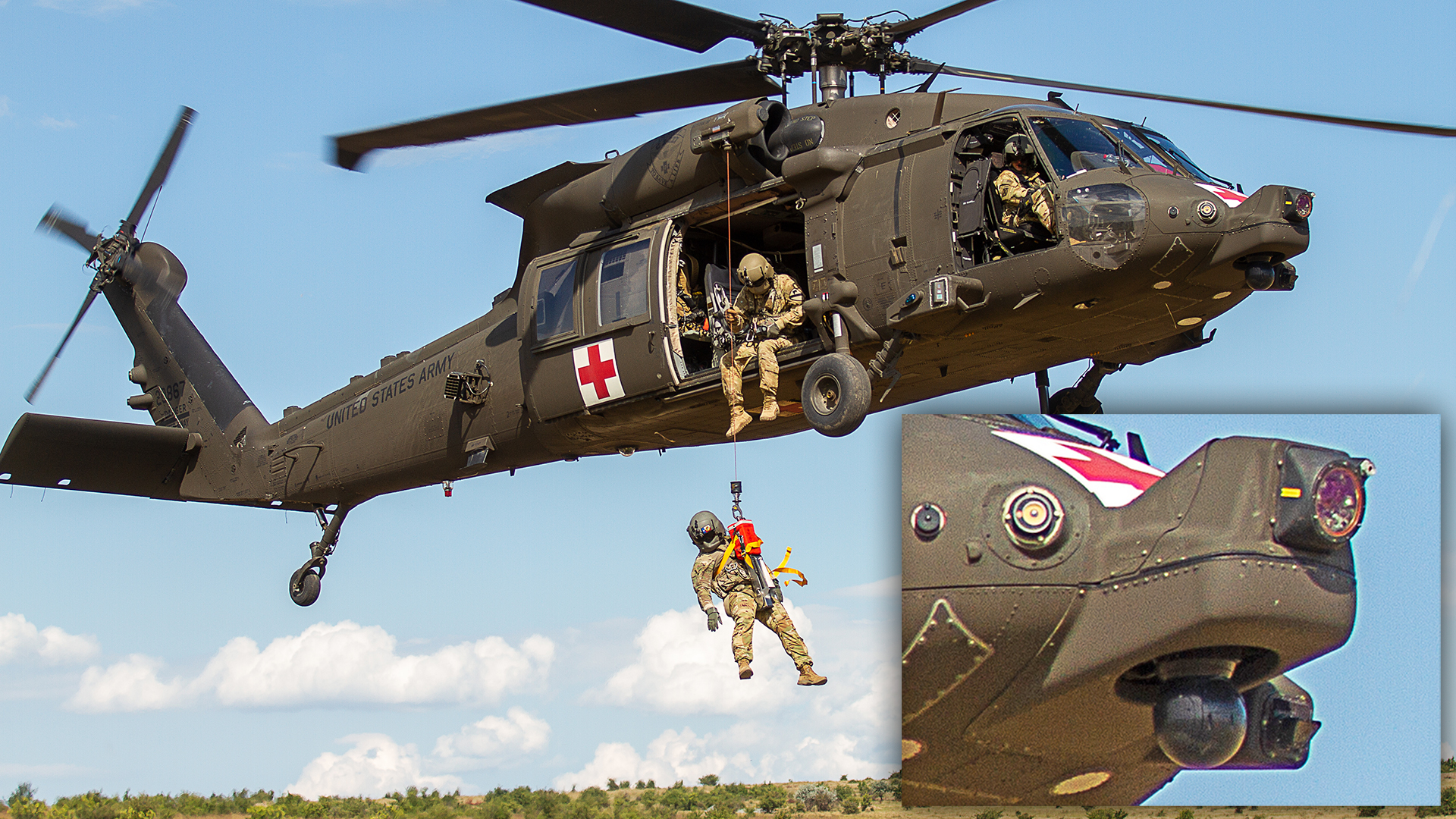Exploring the Intricacies of the UH60: From Vital Parts to Practical Utilizes
The UH60, a stalwart in the realm of rotary-wing airplane, holds an intricate tapestry of components and performances that extend much beyond its streamlined exterior. From the internal functions of its engine and rotor systems to the ins and outs of its avionics and navigation attributes, every component plays a crucial function in its smooth operation. However, what truly sets the UH60 apart is not simply its mechanical prowess yet its varied selection of useful applications, varying from vital functions in armed forces operations to ingenious uses in noncombatant setups. As we peel back the layers of this functional aircraft, a much deeper understanding of its relevance in both civilian and military spheres arises, losing light on the diverse nature of the UH60.
Secret Components of the UH60
At the heart of the UH60 exists its primary rotor system, a critical element that gives lift and stability throughout trip. Comprising a main rotor head, blades, and a swashplate system, this system enables the UH60 to maneuver promptly and efficiently in numerous problems. The UH60's transmission system plays an important role in transferring power from the engines to the blades, allowing controlled activity and altitude adjustments.
Engine and Blades Solutions
The integration of innovative engine and rotor systems is essential in enhancing the functional effectiveness and performance of the UH60 aircraft. The UH60 helicopter is powered by two General Electric T700-GE-701D engines, supplying the required drive for its goals. These engines use a balance in between power and weight, crucial for the UH60's abilities in different conditions. The innovative rotor system of the UH60 includes a four-bladed primary blades and a four-bladed tail blades, working in tandem to give stability, control, and lift. The major rotor blades are designed with sophisticated aerodynamics to optimize performance and decrease noise levels. The tail rotor makes certain anti-torque abilities, making it possible for exact maneuvering throughout flight. The integration of these engine and blades systems enables the UH60 to succeed in a wide variety of goals, consisting of troop transport, clinical discharge, and search and rescue operations. Generally, the UH60's engine and blades systems play a vital function in its efficiency and adaptability as a multi-mission helicopter.
Avionics and Navigating Features

With the assimilation of innovative engine and blades systems boosting the UH60's operational effectiveness and performance, the avionics and navigation attributes further contribute to its capabilities in site web diverse mission scenarios. The UH60 is geared up with a sophisticated avionics suite that includes digital screens, communication systems, navigation aids, and mission-specific equipment. These avionics systems supply the team with real-time data on the aircraft's location, objective, and efficiency criteria, permitting accurate control and situational recognition.
In addition, the UH60's avionics and navigation attributes are created to seamlessly integrate with various other objective systems, such as weapons targeting systems, sensing units, and communication networks, improving the aircraft's overall objective performance. In conclusion, the UH60's sophisticated avionics and navigation features play an important function in ensuring mission success and staff safety.
Utility in Military Operations
As a diverse utility helicopter, the UH60 plays a critical role in numerous army objectives. The UH60's flexibility expands to clinical discharge goals, where its sizable cabin suits clinical employees and devices, allowing timely and life-saving evacuation of damaged workers from the battlefield.

Civilian Benefits and applications

Moreover, the UH60 offers as a functional tool for firefighting procedures, equipped to bring large volumes of water for airborne important source firefighting efforts. This ability significantly improves the efficiency and efficiency of firefighting groups in combating wildfires and other emergencies. In addition, in the realm of facilities upkeep and building and construction, the UH60's heavy-lift capabilities contribute in transferring materials to unattainable or remote places.

Conclusion
In final thought, the UH60 helicopter is a flexible and vital airplane with vital elements such as engine and rotor systems, avionics, and navigating attributes. Its utility in noncombatant applications and military operations make it a valuable property for different tasks. Recognizing the ins and outs of the UH60 is important for maximizing its capacities and ensuring its effective usage in different scenarios.
The sophisticated blades system of the UH60 consists of a four-bladed main blades and a four-bladed tail rotor, functioning in tandem to supply lift, control, and security. The assimilation of these engine and blades systems enables the UH60 to succeed in a large array of goals, consisting of troop transport, medical discharge, and search and rescue operations.With the assimilation of sophisticated engine and blades systems enhancing the UH60's functional efficiency and efficiency, the avionics and navigating features more contribute to its capacities in diverse objective circumstances. Additionally, the UH60's avionics and navigating features are developed to flawlessly integrate with various other goal systems, such as weapons targeting systems, sensors, and interaction networks, enhancing the airplane's general objective effectiveness.In verdict, the UH60 helicopter is a functional and necessary airplane with key elements such as engine and blades systems, avionics, and navigating features.
Comments on “UH 60 Black Hawk vs. Other Military Helicopters: A Comparative Evaluation”